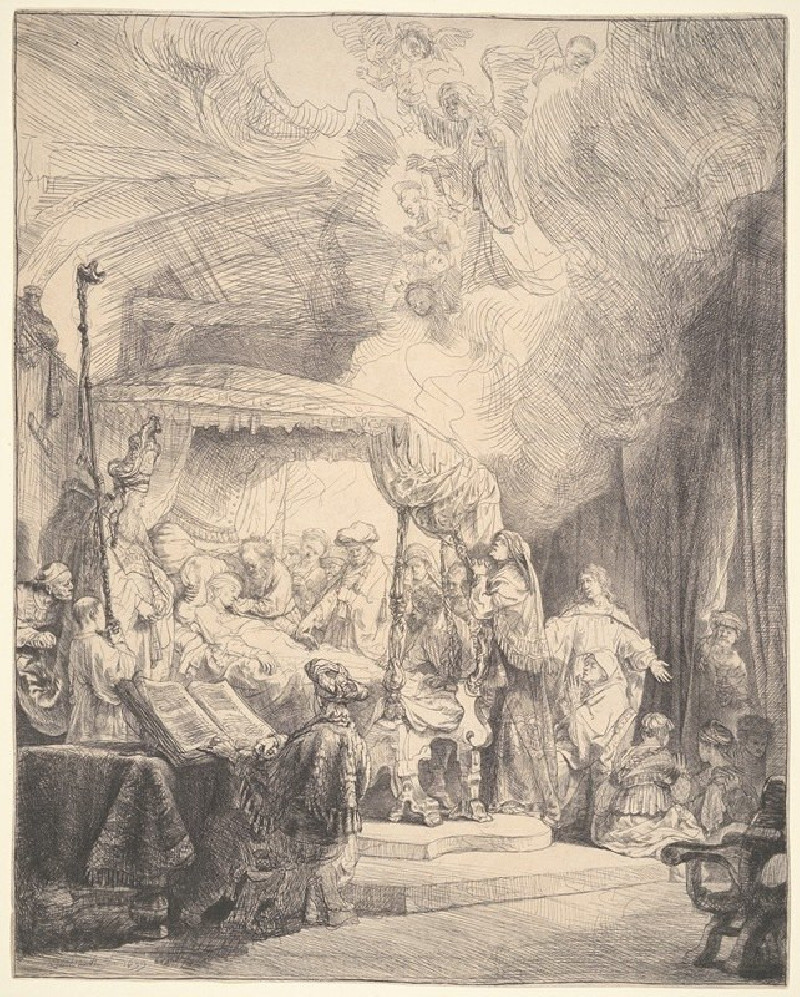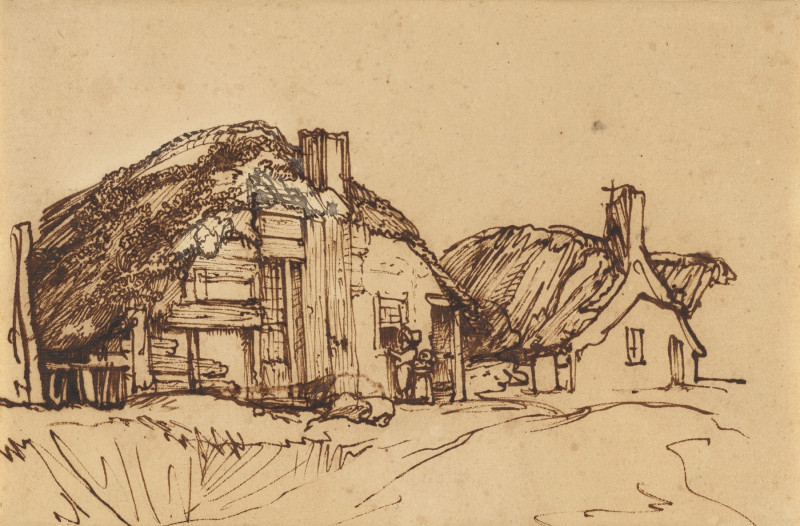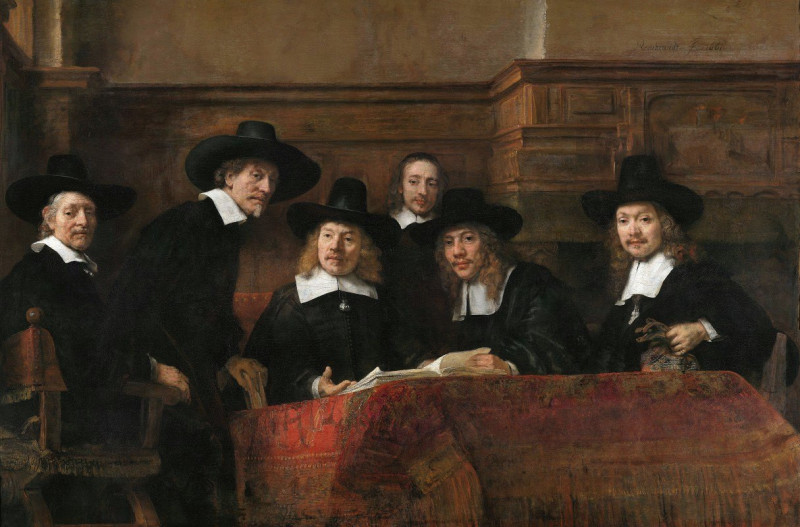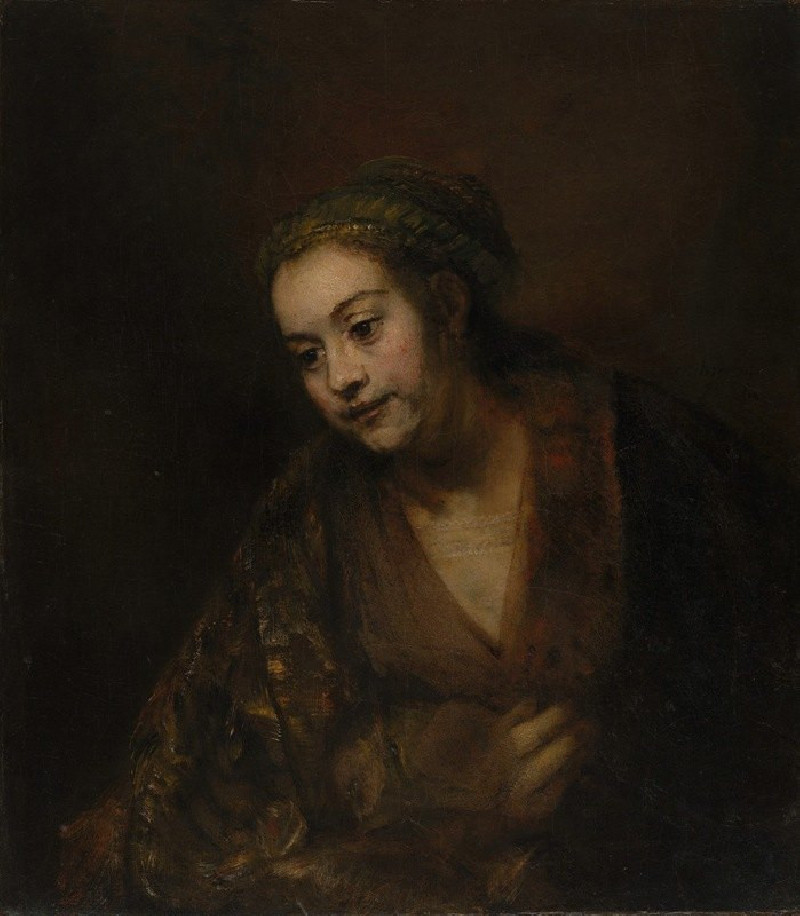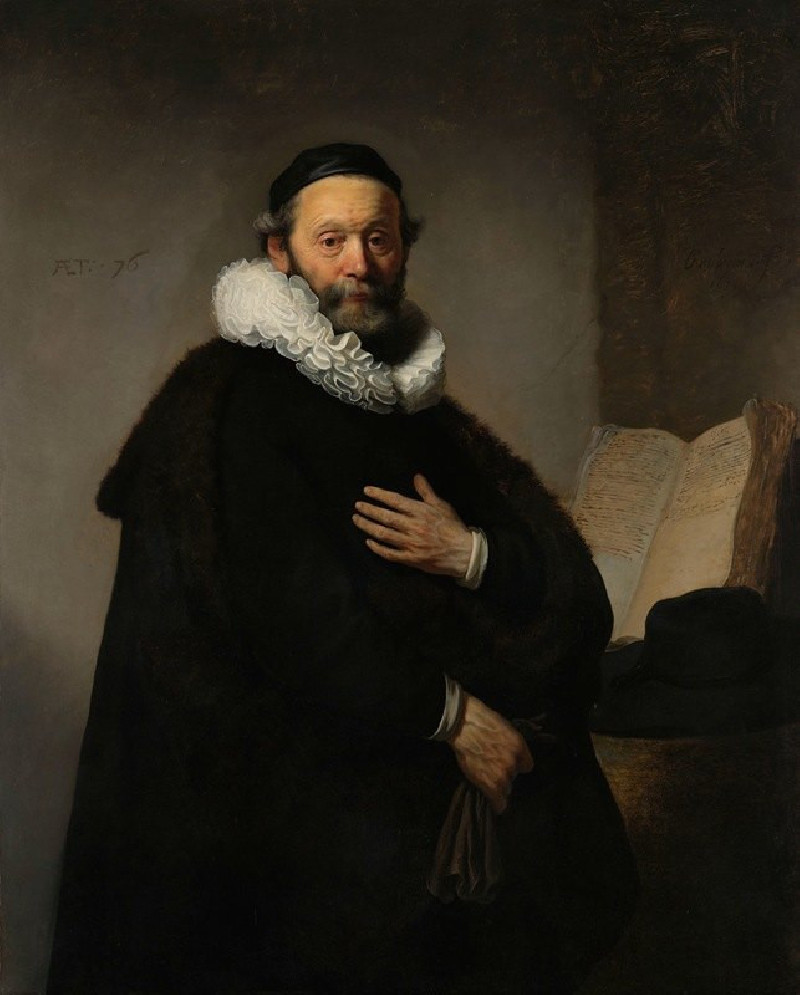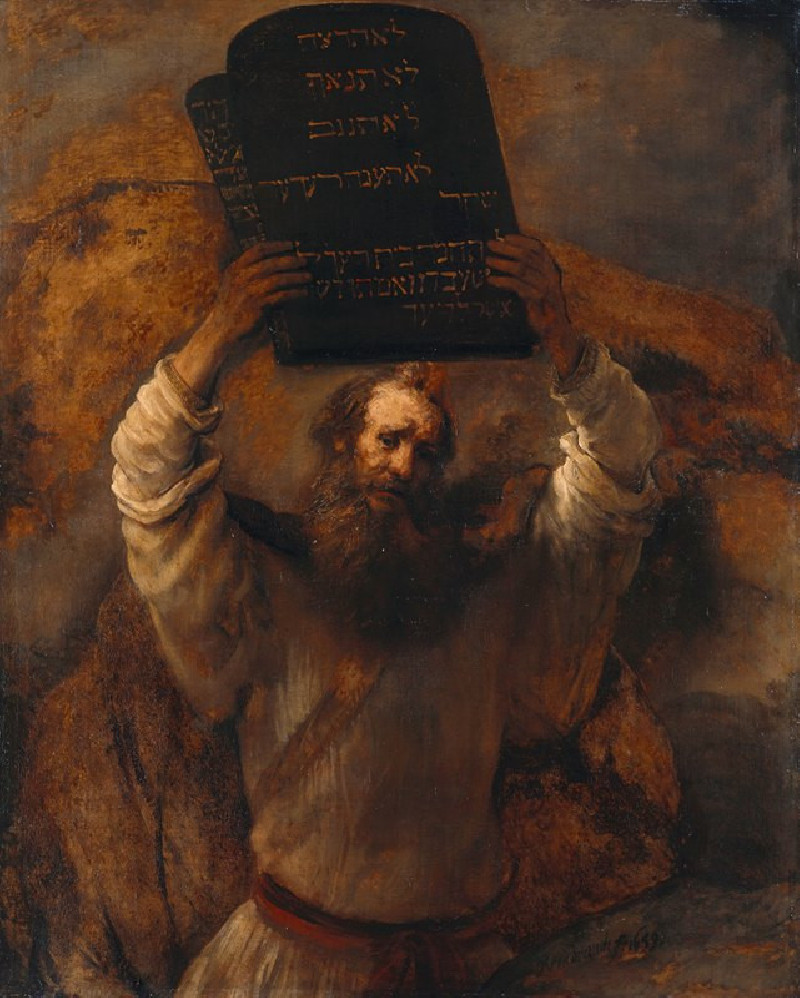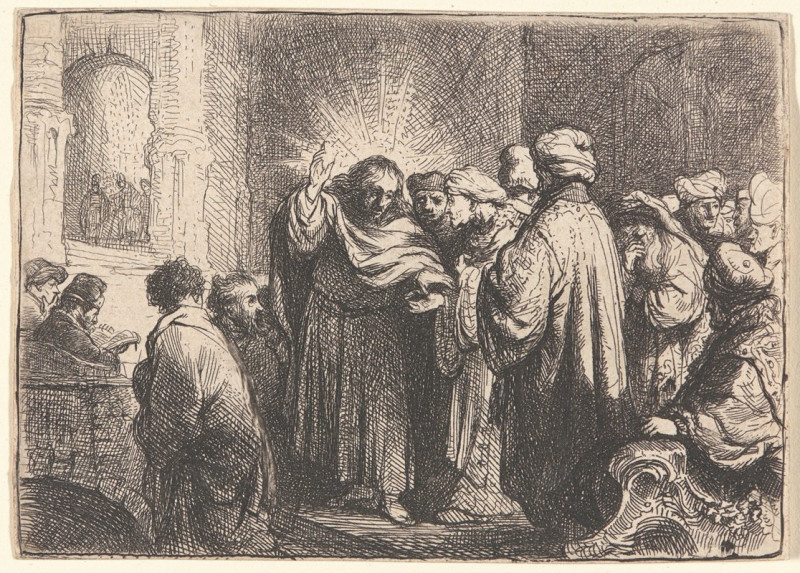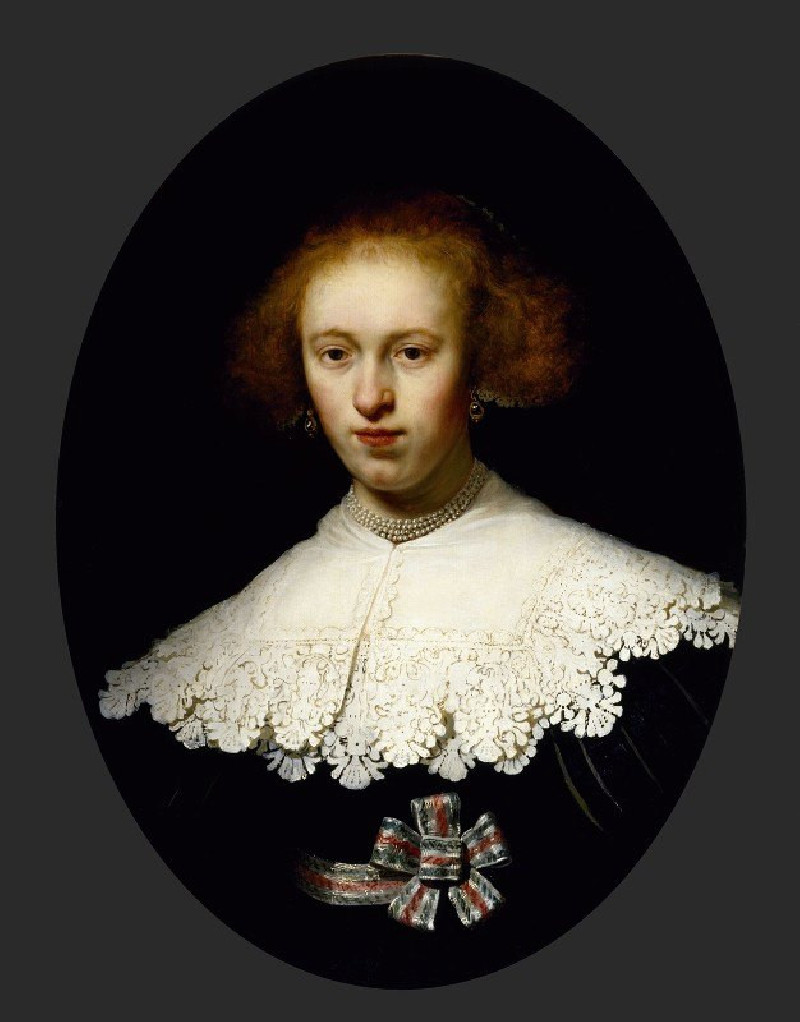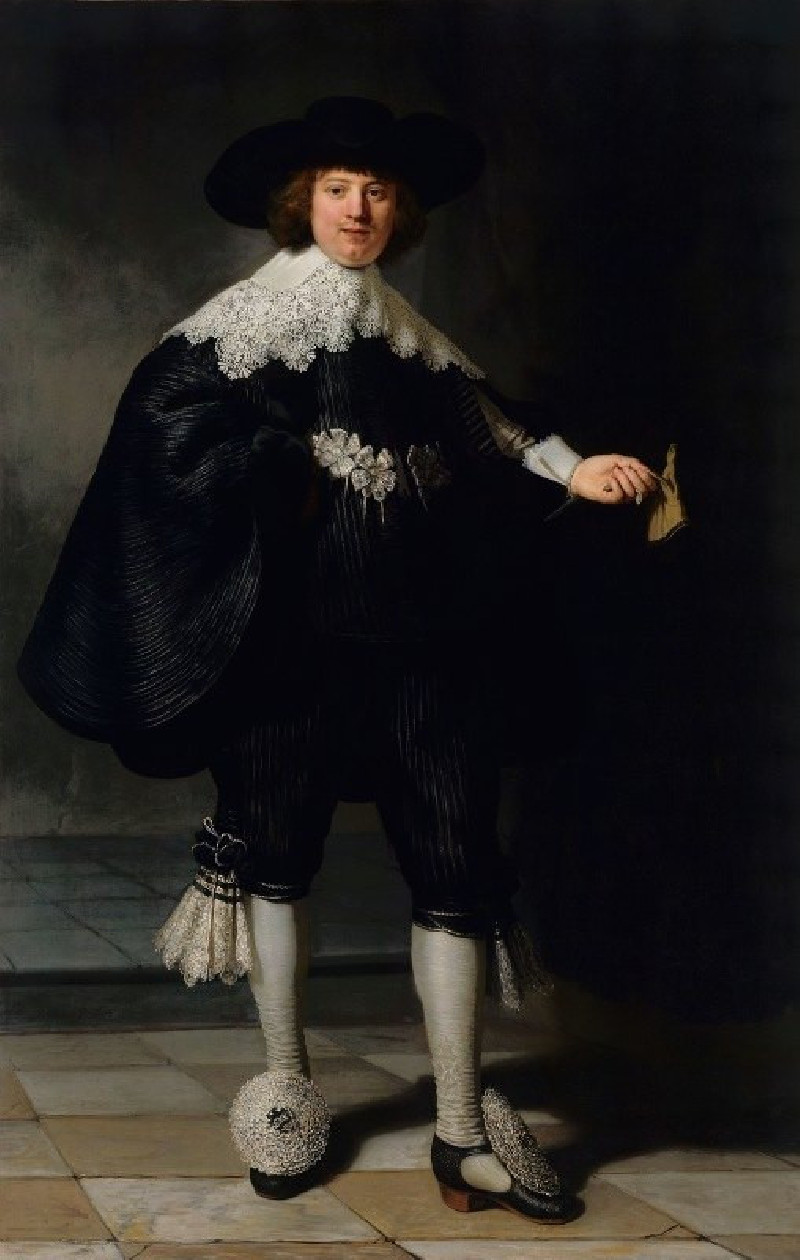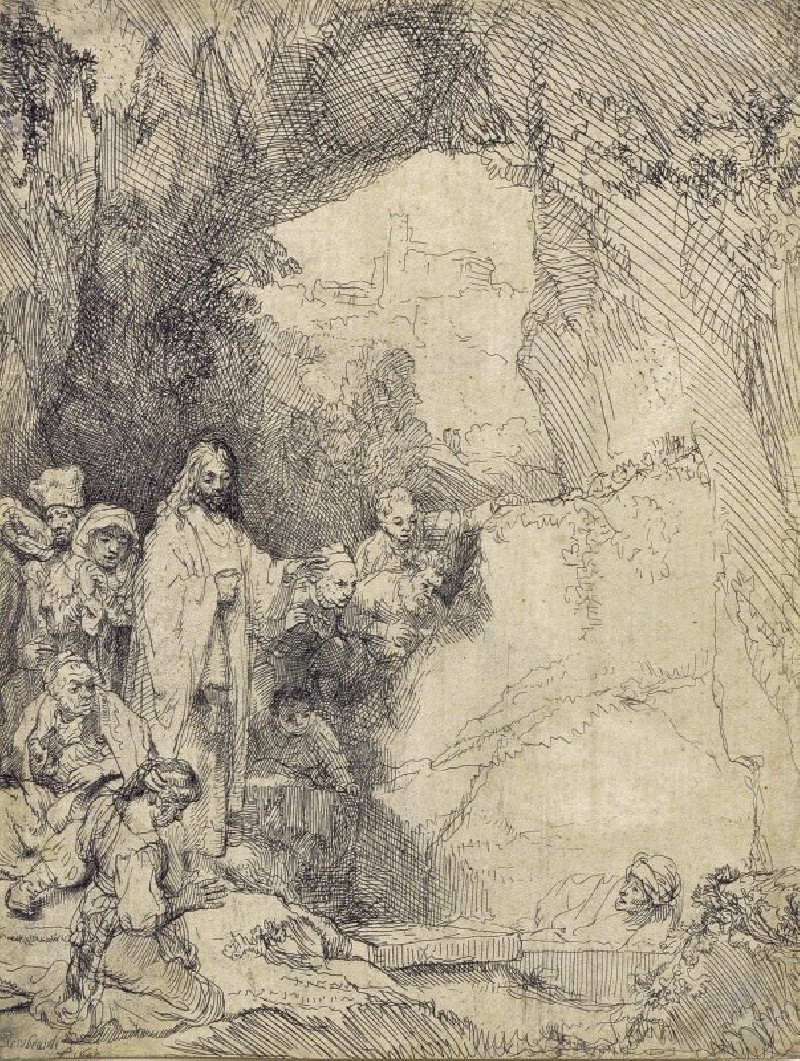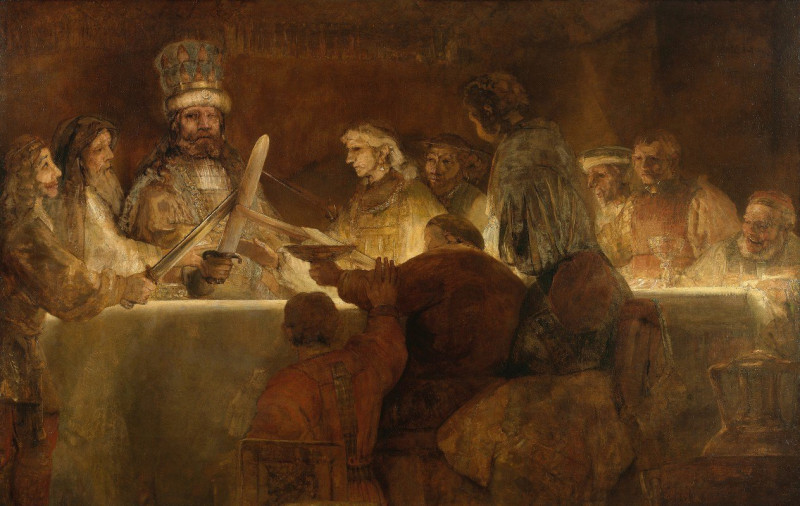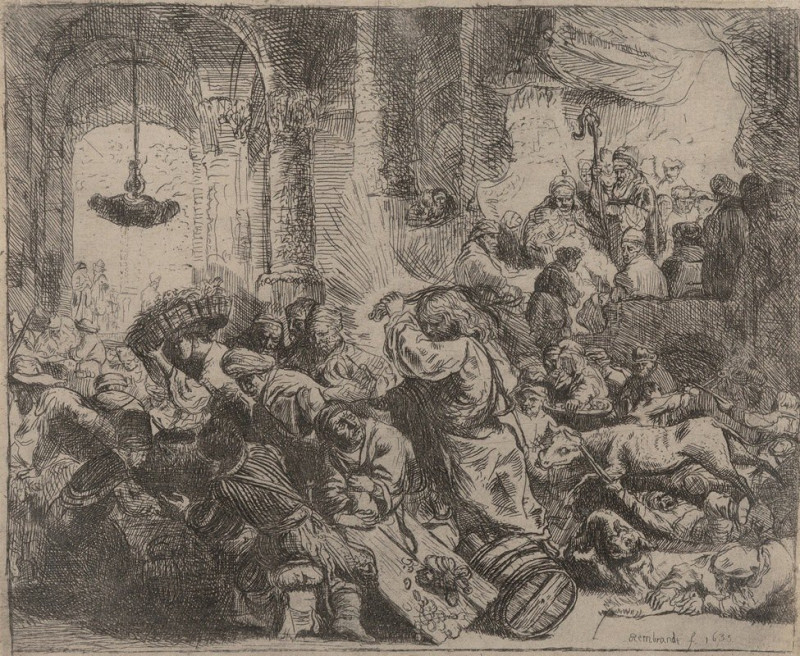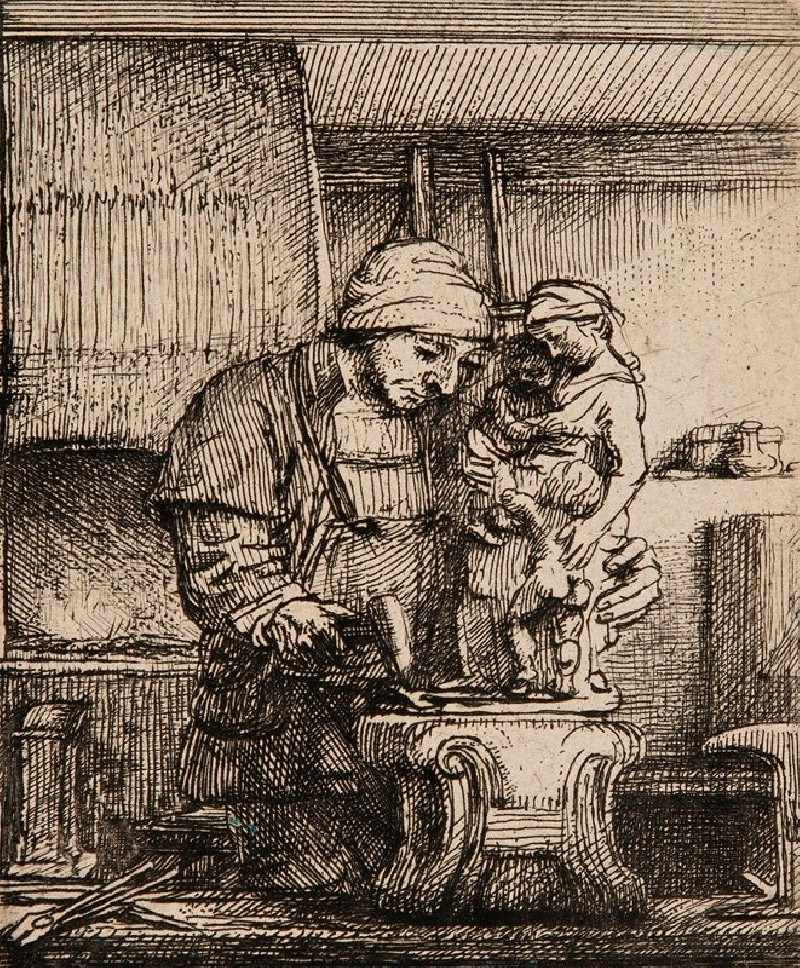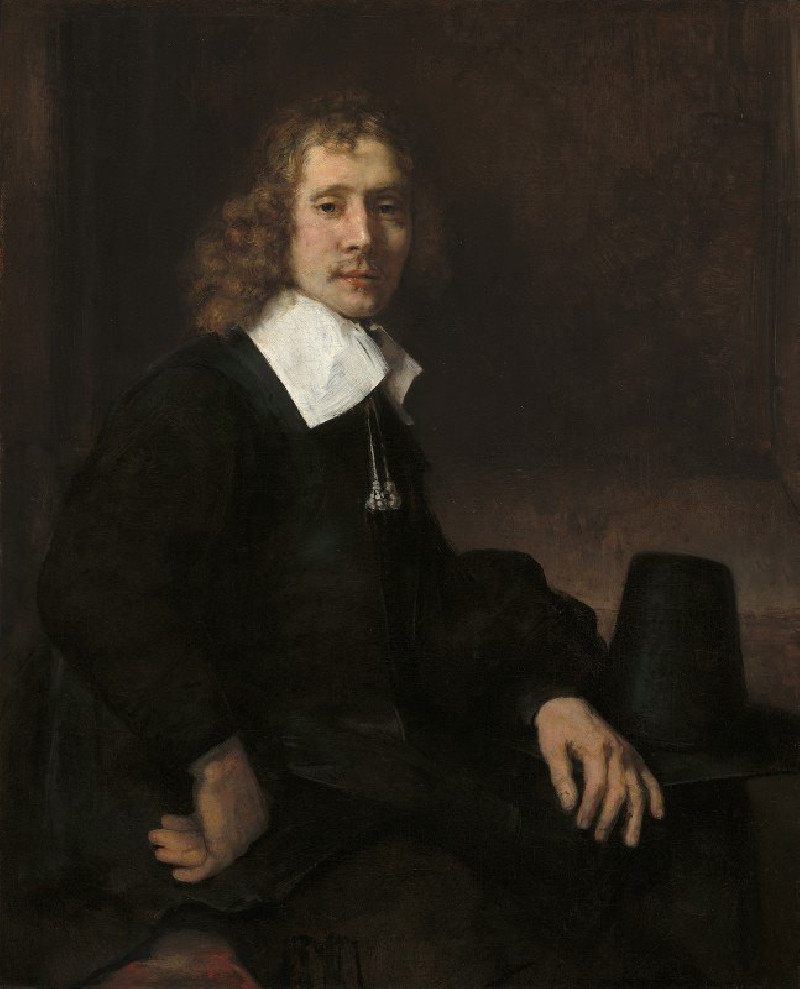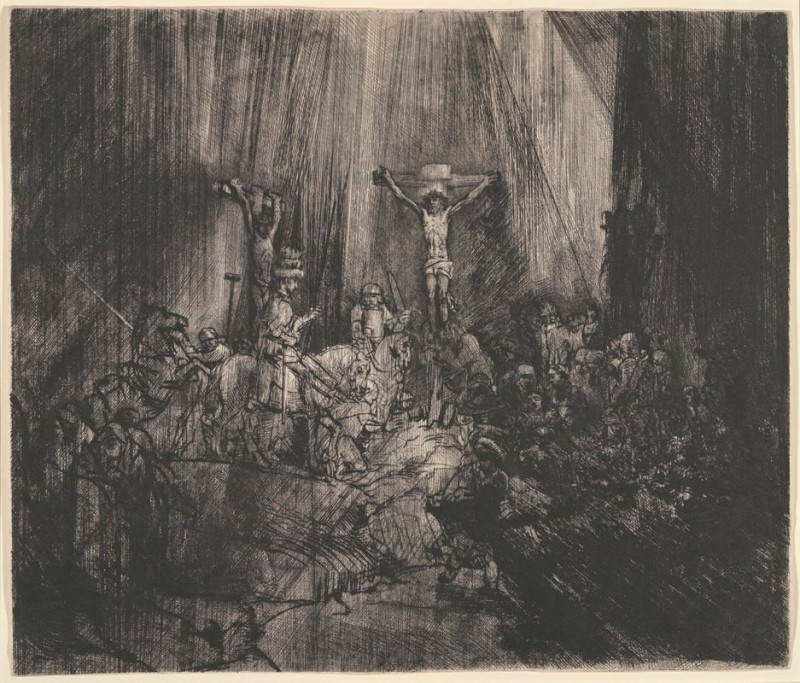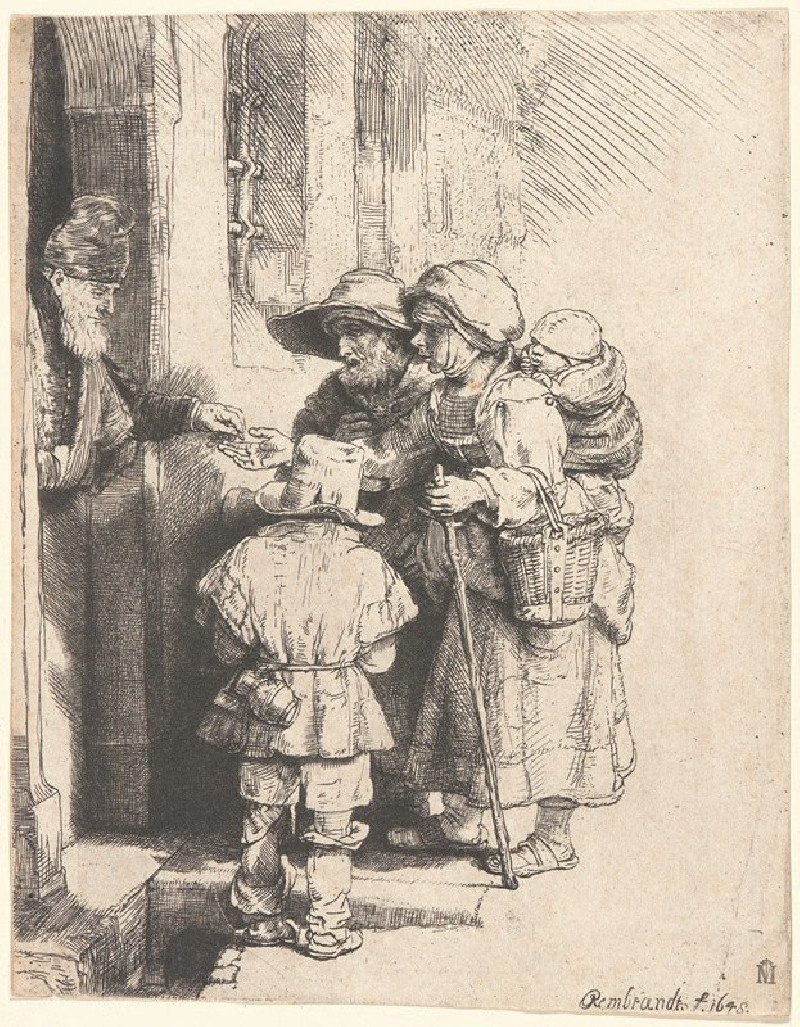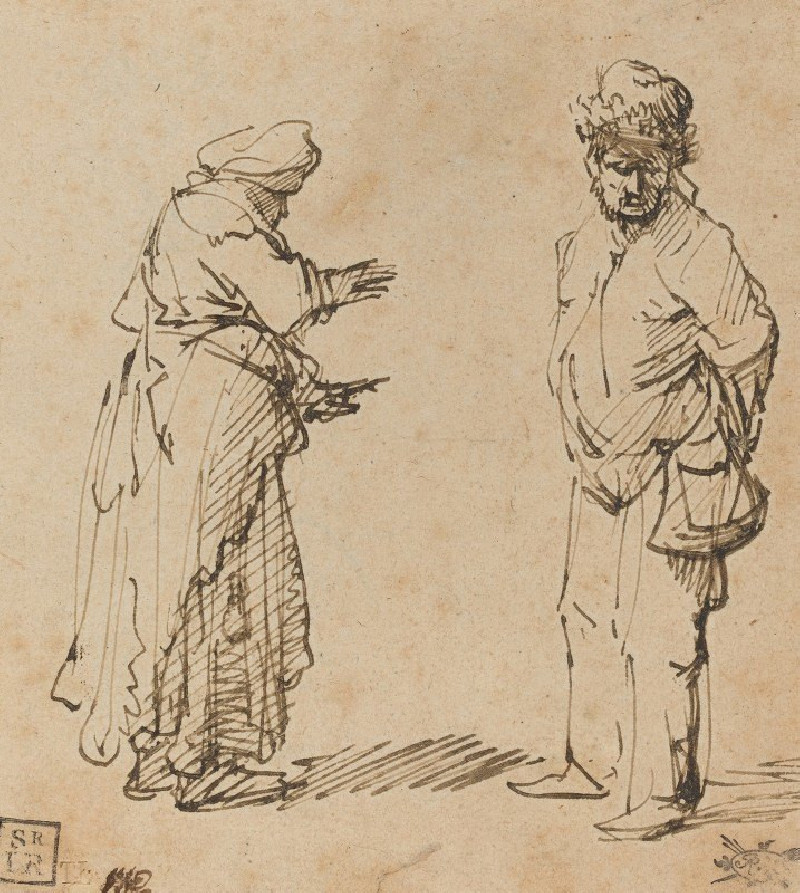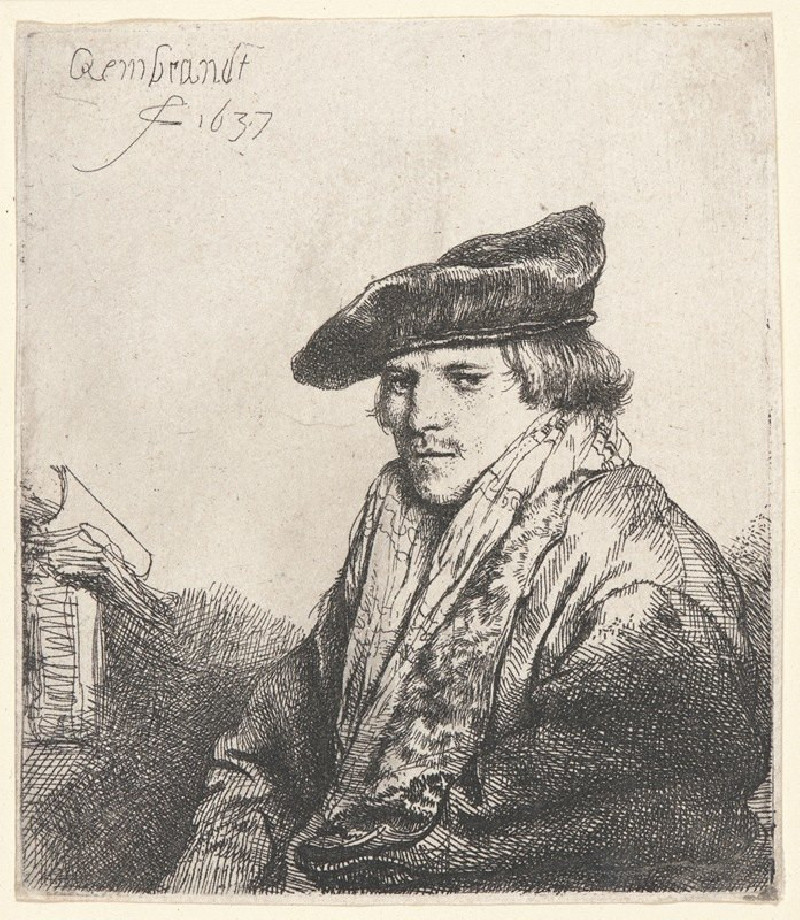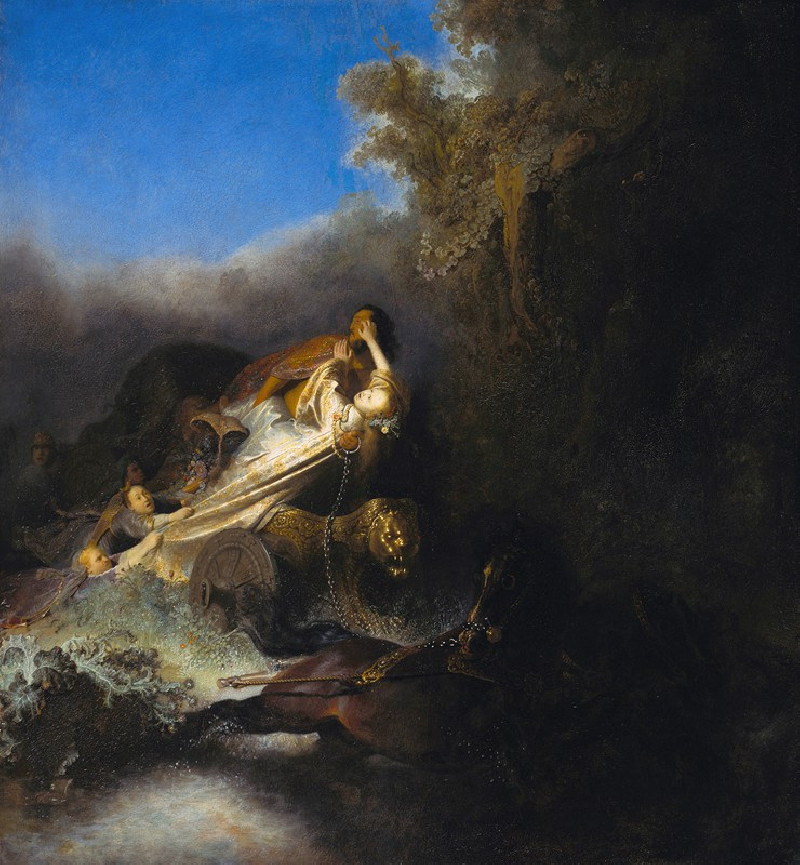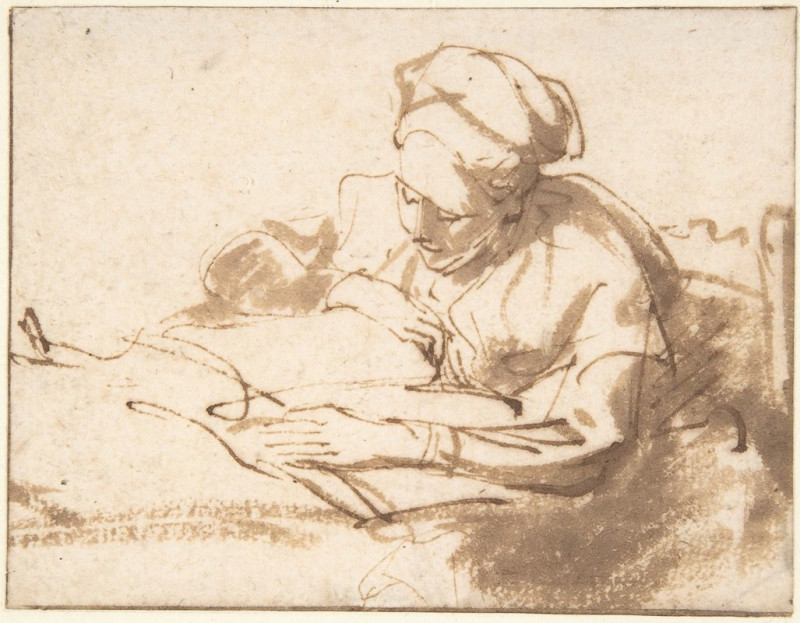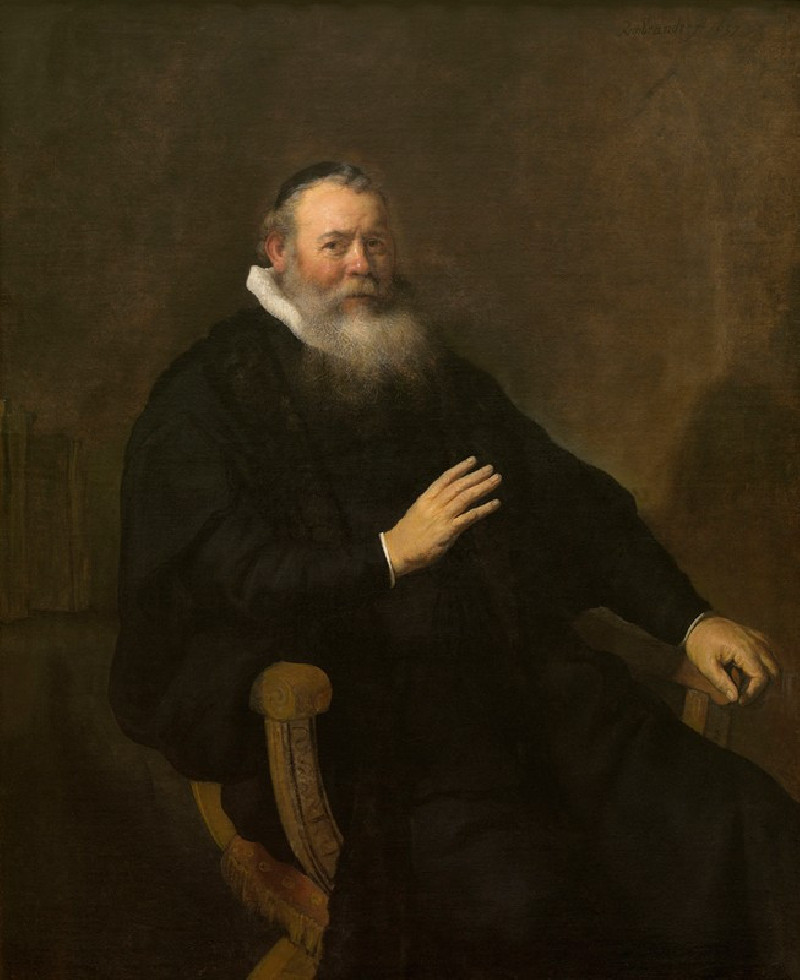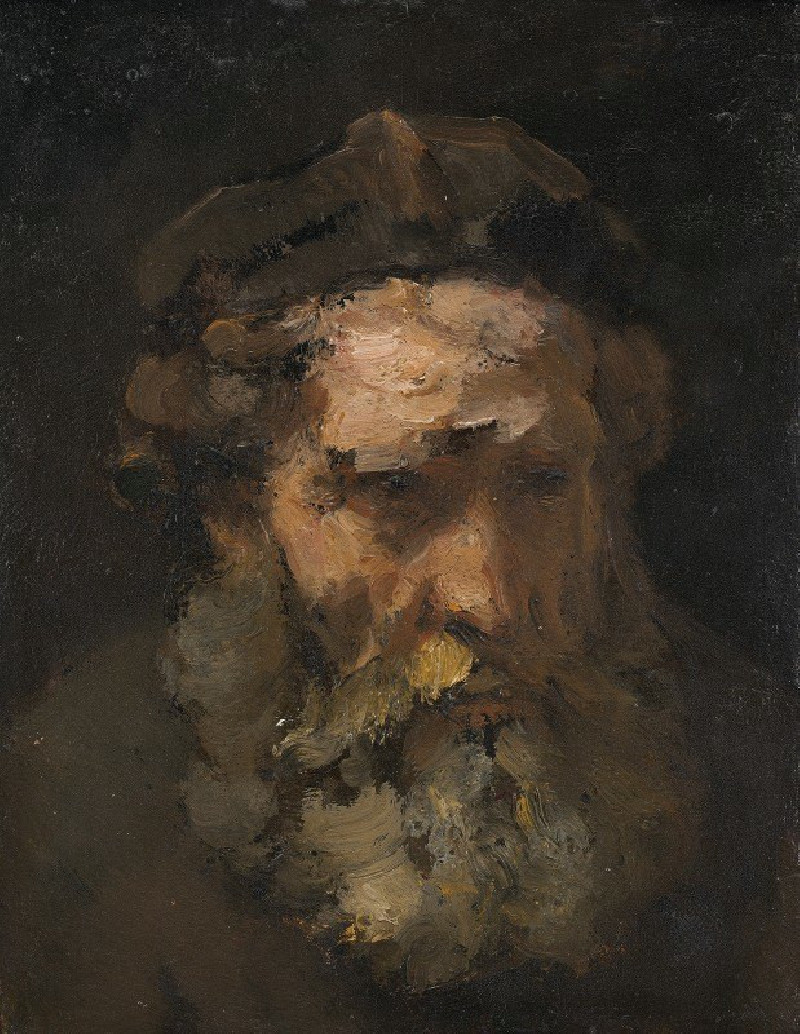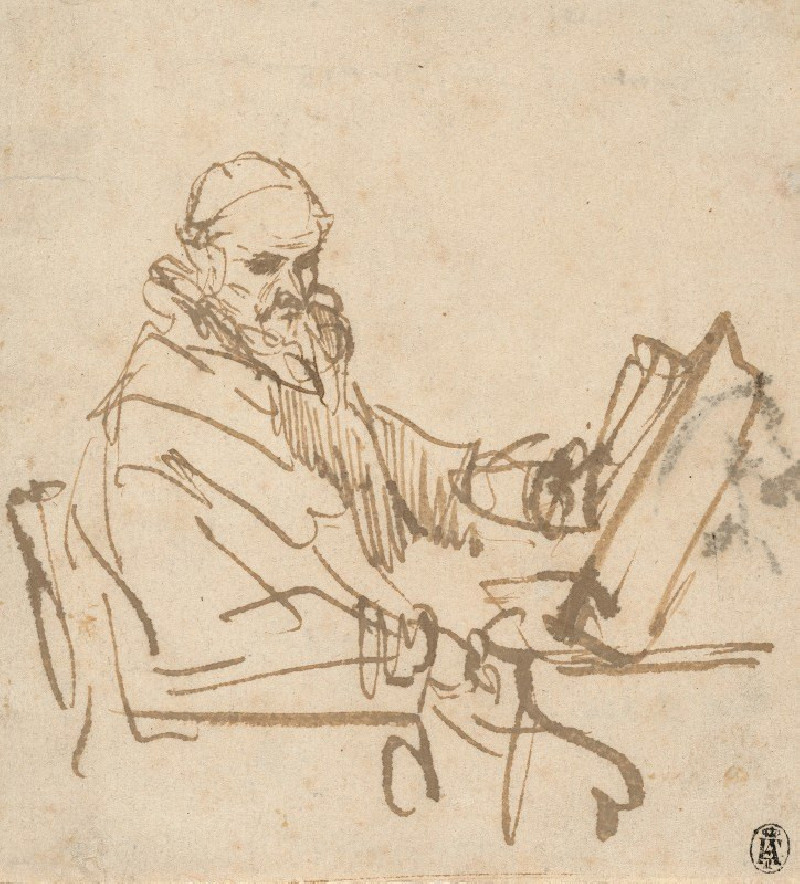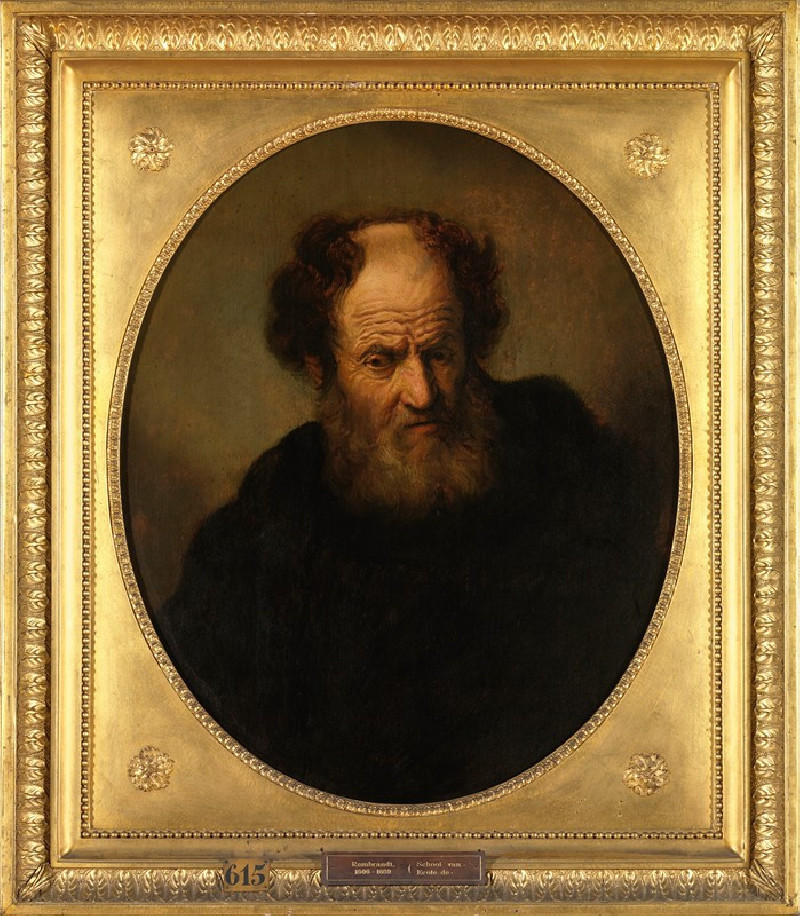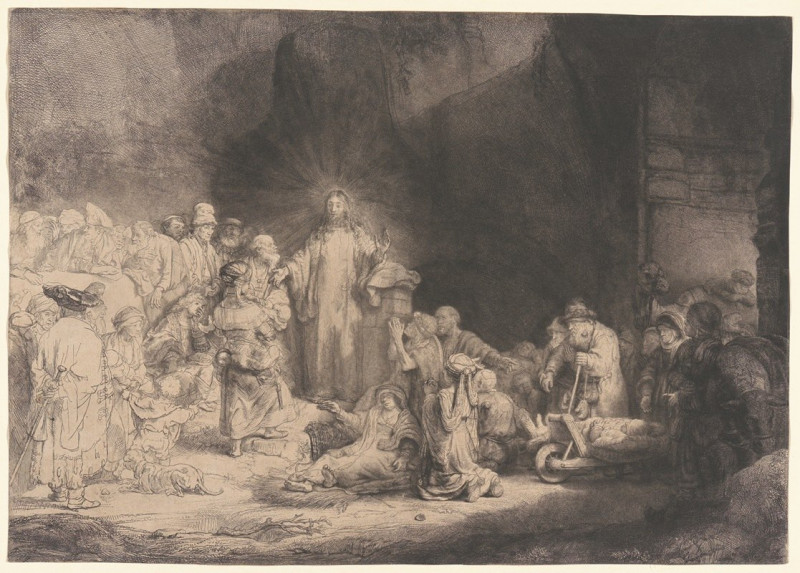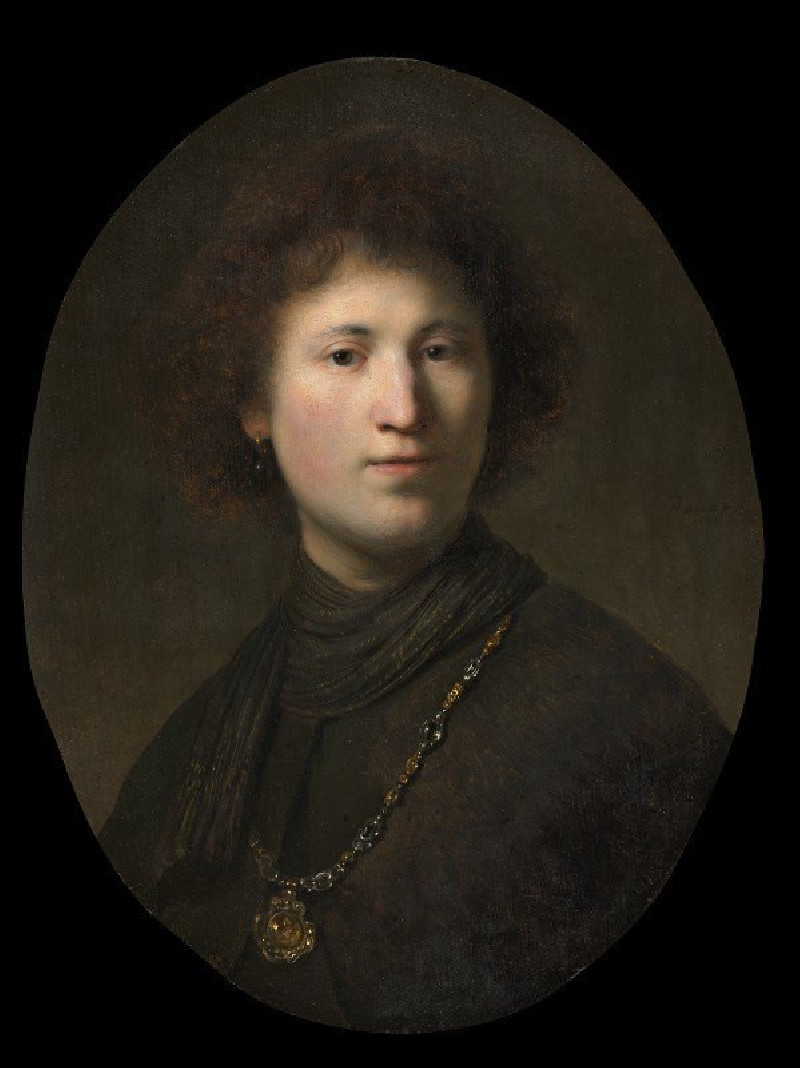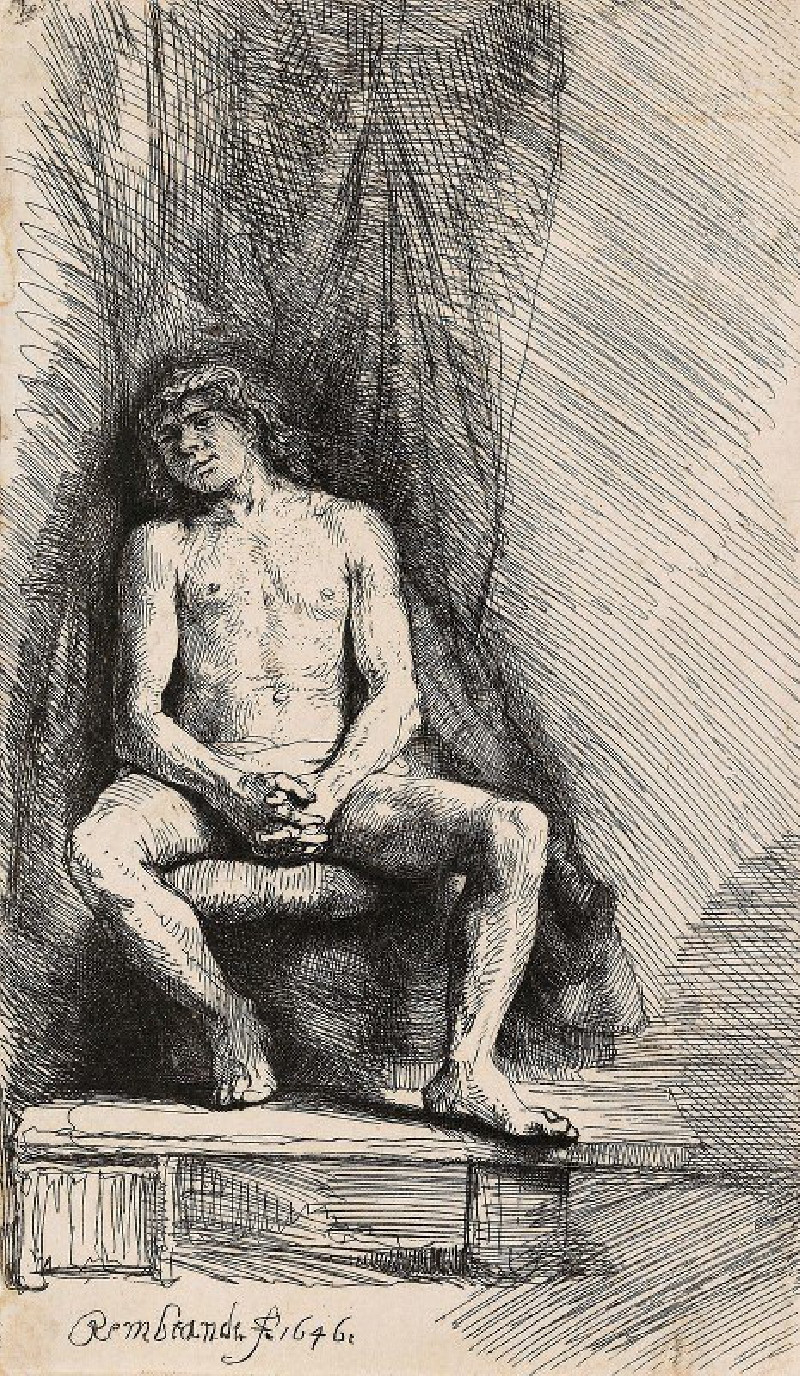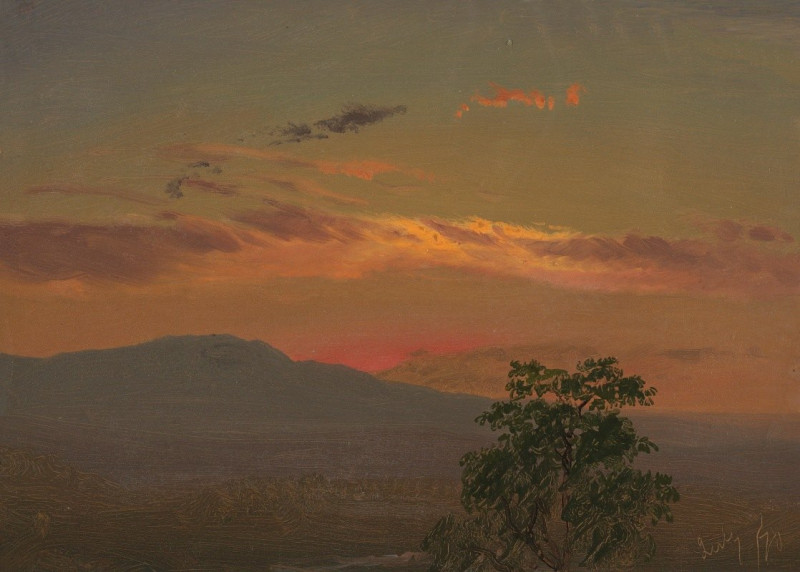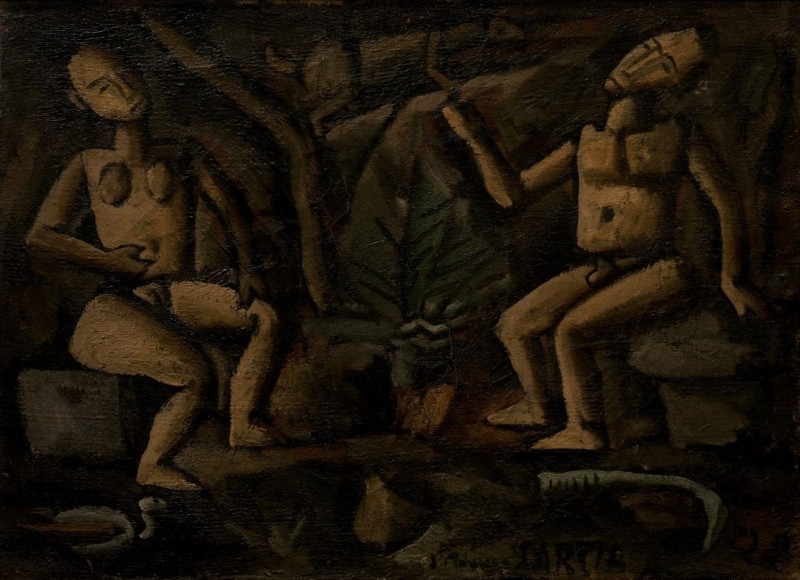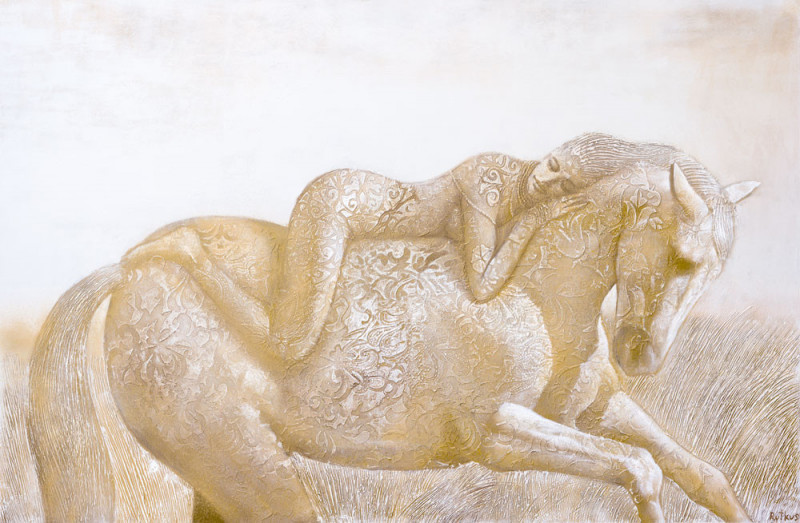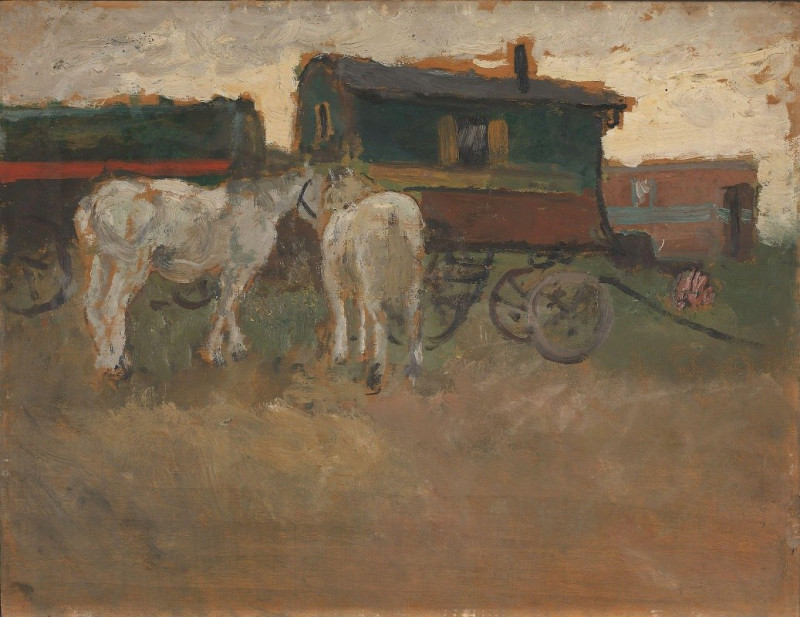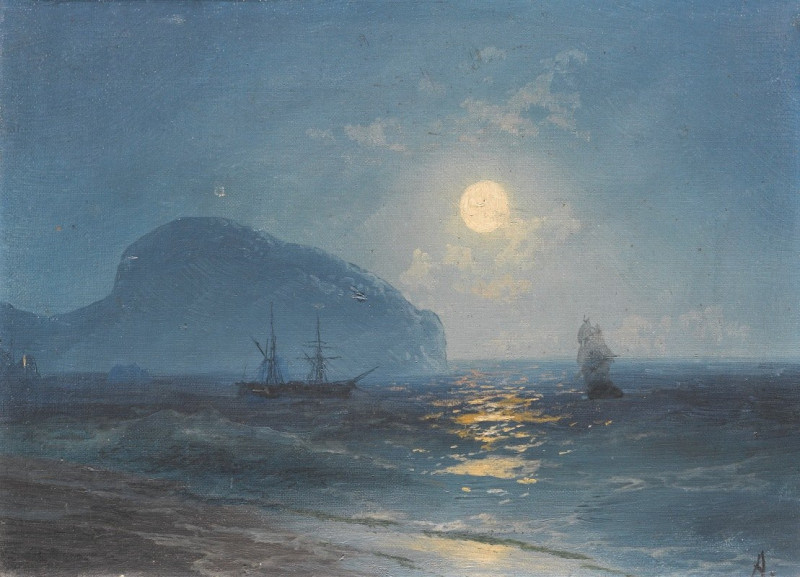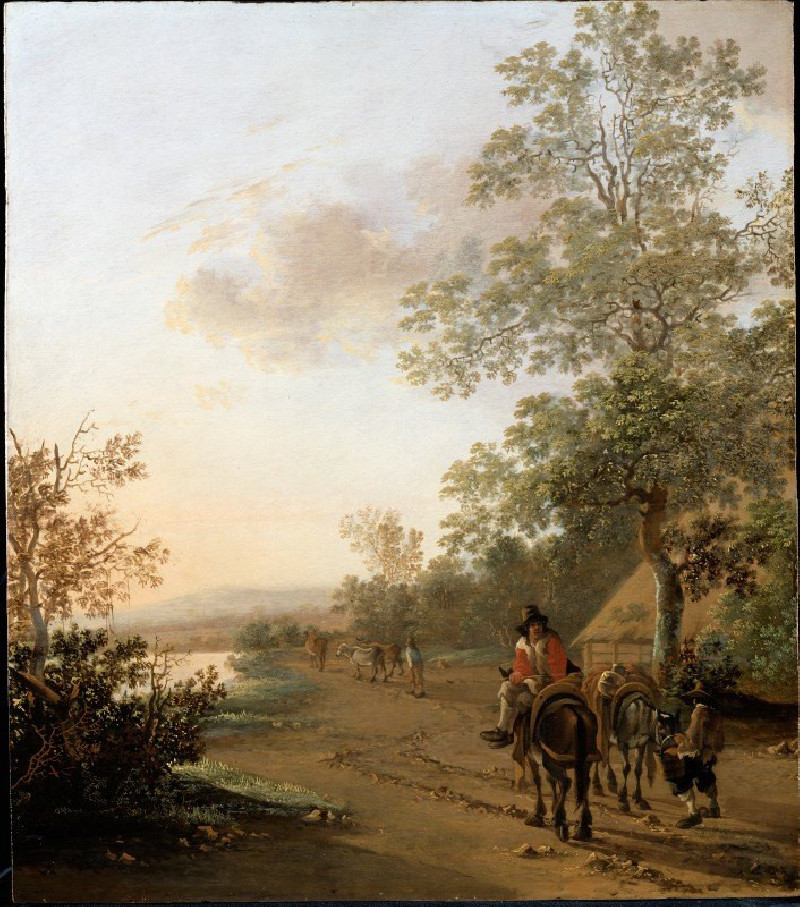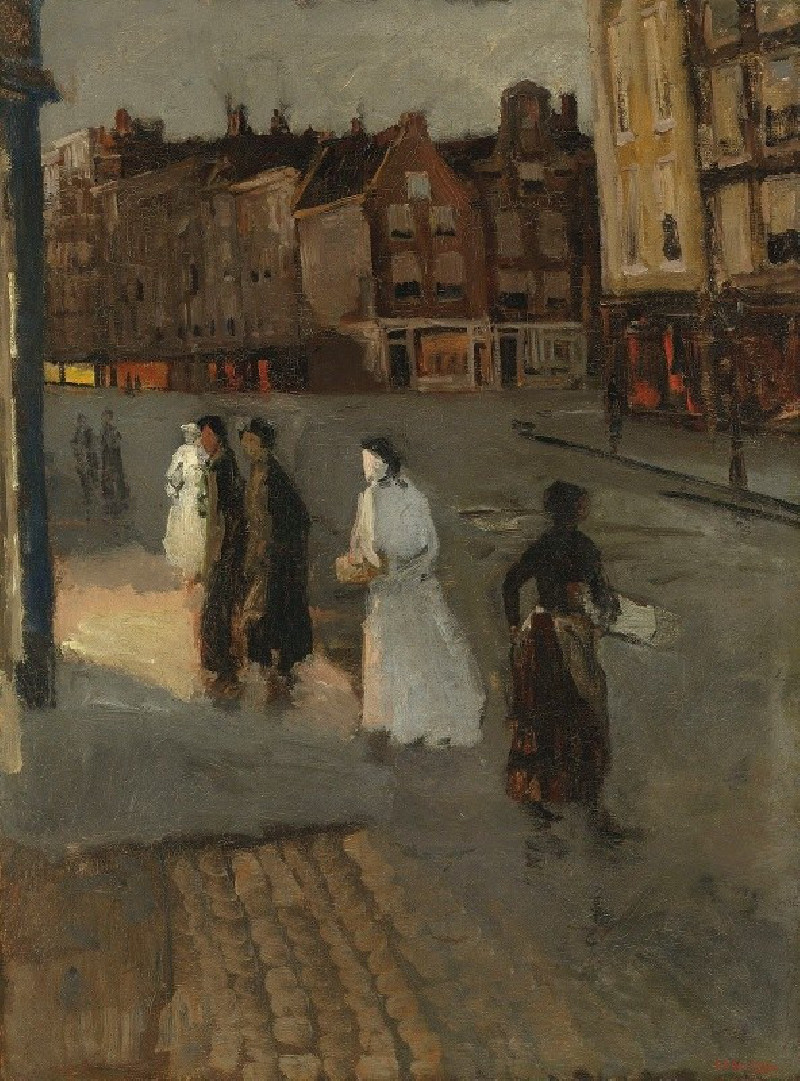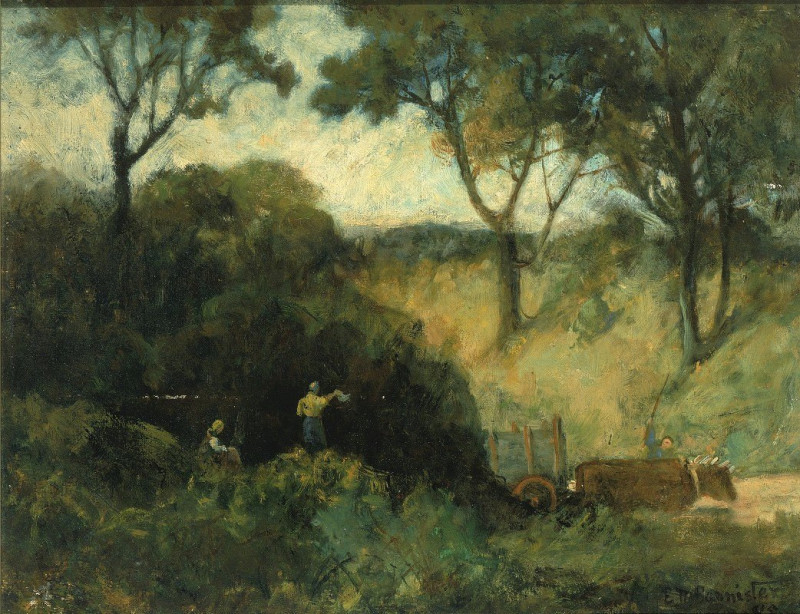The Death of the Virgin (1639)
Technique: Giclée quality print
Recommended by our customers
More about this artwork
"The Death of the Virgin" (1639) by Rembrandt van Rijn is a compelling artwork that sparks an intimate, yet universal, depiction of mortality and spirituality. In this etching, we witness the final moments of the Virgin Mary surrounded by the Apostles and other devout figures, each rendered with the emotional depth and sensitivity characteristic of Rembrandt's work.The composition of the scene draws the viewer's eye towards the Virgin, who lies peacefully on her bed, enveloped by soft, billowing drapery that gives the setting a solemn and gentle atmosphere. Around her, the figures exhibit a range of emotions from grief to contemplative sorrow, showcasing Rembrandt's mastery in portraying human emotion and response to divine presence.Above this earthly farewell, a group of angels hovers. They emanate light and ethereal grace, contrasting with the heavy somberness of the mortal world below. This duality not only highlights the spiritual transition from life to death but also emphasizes the salvation and hope inherent in Christian faith.Rembrandt's use of chiaroscuro—the contrast of light and shadow—further enhances the dramatic intensity of the scene. The texture and detail in the etching invite viewers to linger and explore every corner of the composition, finding new details in the expressions and interactions of the figures, and perhaps reflecting on the transcendent themes of life, death, and what lies beyond.
Delivery
Returns
Rembrandt Harmenszoon van Rijn was a Dutch draughtsman, painter, and printmaker. An innovative and prolific master in three media, he is generally considered one of the greatest visual artists in the history of art and the most important in Dutch art history. Unlike most Dutch masters of the 17th century, Rembrandt's works depict a wide range of style and subject matter, from portraits and self-portraits to landscapes, genre scenes, allegorical and historical scenes, and biblical and mythological themes as well as animal studies.

